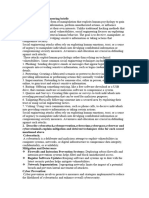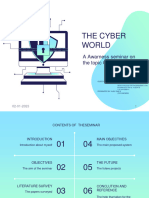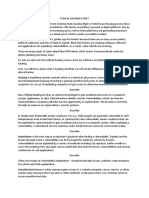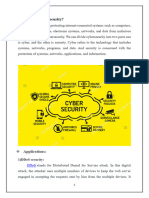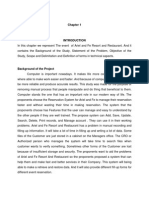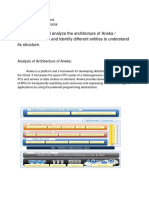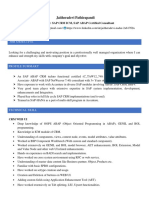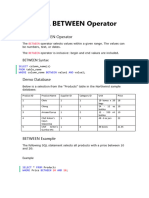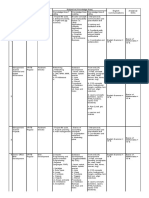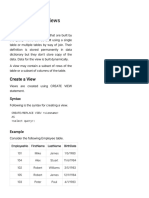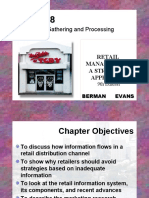0% found this document useful (0 votes)
22 views13 pagesFull Module
The document provides a comprehensive overview of cybersecurity, including its importance, challenges, and key concepts such as the CIA Triad, cyber threats, and ethical hacking. It also discusses various types of hackers, cybercrimes, and the role of cyber forensics in investigating incidents. Understanding these elements is essential for creating secure digital environments and mitigating risks in today's interconnected world.
Uploaded by
boatkumar44Copyright
© © All Rights Reserved
We take content rights seriously. If you suspect this is your content, claim it here.
Available Formats
Download as PDF, TXT or read online on Scribd
0% found this document useful (0 votes)
22 views13 pagesFull Module
The document provides a comprehensive overview of cybersecurity, including its importance, challenges, and key concepts such as the CIA Triad, cyber threats, and ethical hacking. It also discusses various types of hackers, cybercrimes, and the role of cyber forensics in investigating incidents. Understanding these elements is essential for creating secure digital environments and mitigating risks in today's interconnected world.
Uploaded by
boatkumar44Copyright
© © All Rights Reserved
We take content rights seriously. If you suspect this is your content, claim it here.
Available Formats
Download as PDF, TXT or read online on Scribd
/ 13






